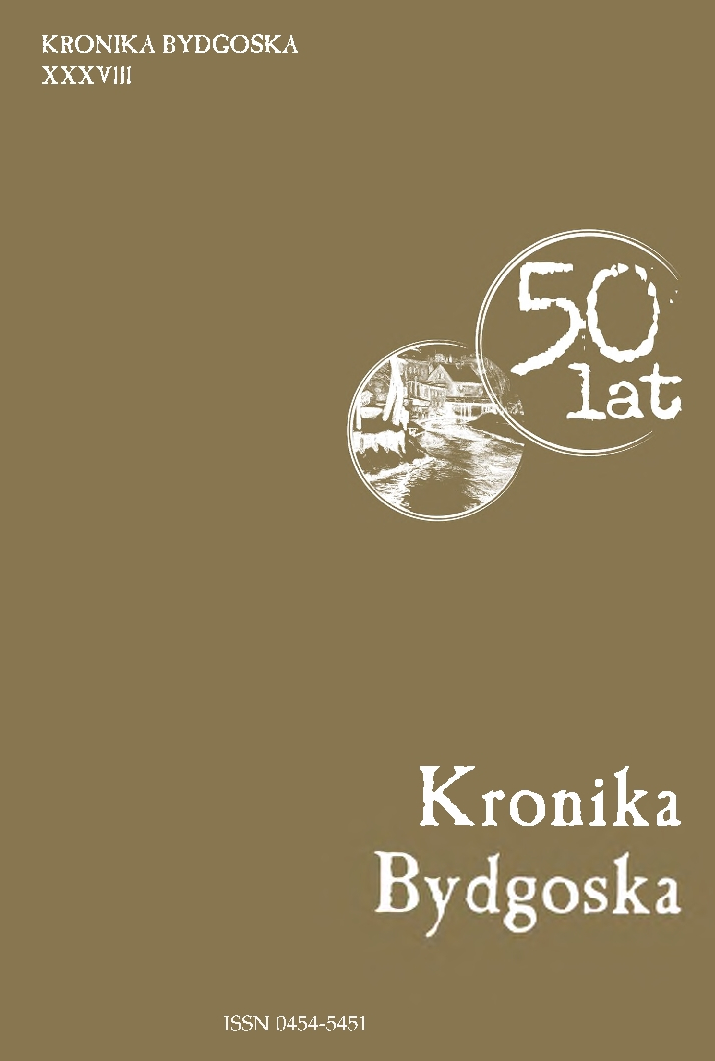Architektura mieszkaniowa PRL-u w okresie małej stabilizacji na przykładzie osiedla Nauczycielskiej Spółdzielni Mieszkaniowej „Znicz” przy ul. ks. A. Czartoryskiego/ks. A. Kordeckiego w Bydgoszczy
DOI:
https://doi.org/10.34767/KB.2017.38.17Słowa kluczowe:
architektura PRL-u, lata 60. XX wieku, modernizm, spółdzielczość mieszkaniowa, mała stabilizacja, rozwiązania funkcjonalneAbstrakt
In 1956, in an atmosphere of the post-October thaw, Poland witnessed the heyday of housing cooperative movement, which became the most important component of the system controlled by the state and was supposed to satisfy the huge needs of Poles. Before the emergence of large-scale and monotone apartment complexes made from huge slab in the 1970s and 1980s, a lot of smaller residential estates with customized designs and sophisticated programs of functioning were developed. The architecture understood in this way, along with industrial design growing at a fast pace, became stylish scenery dating from Gomułka’s period of small stability. A representative example of this type of solutions is the housing estate of the Teachers’ Housing Association on Ks. Adama Czartoryskiego Street (former Mariana Buczka Street) in Bydgoszcz, designed by architects Hanna and Adam Falkiewicz.

